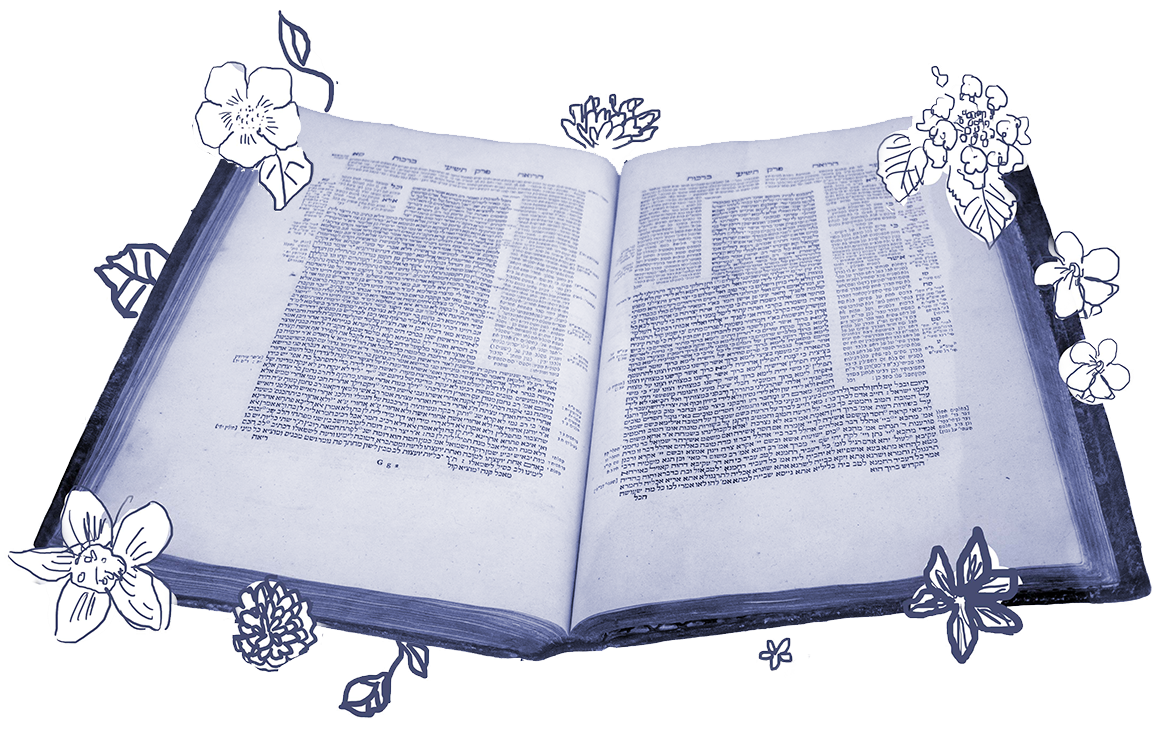In order to ensure that nazirites do not come into contact with the dead, it helps to know where corpses are buried. While marking cemeteries is helpful to prevent that, burial was not regulated during the rabbinic period like it is today. As a result, it was important to create rules that help identify places where the dead are laid to rest.
But what happens when a random body is discovered? How do we determine if it is a random grave or part of a larger burial site? A mishnah that concludes on today’s daf provides some guidance:
When one finds a corpse for the first time lying in the usual manner (of Jewish burial), one removes it and its surrounding earth. Two corpses, one removes them and their surrounding earth. Three corpses, if there is a space between this corpse and that corpse of four to eight cubits, this is a graveyard.
In other words, if one discovers one or two previously unknown corpses, one removes them and their surrounding earth — i.e. that which is contaminated with impurity — and relocates them to an established burial site. But if one finds three or more bodies buried in close proximity, the area is probably a graveyard and is so designated to prevent individuals from contracting impurity from them in the future.
With your help, My Jewish Learning can provide endless opportunities for learning, connection and discovery.
In the latter case, an additional step is required to determine that additional graves are not in the area:
Examine from that spot outward for twenty cubits. If one finds (another corpse) at the end of twenty cubits, one examines from that spot outward twenty cubits.
Hold on a minute: Initially, the mishnah stated that the discovery of bodies within four to eight cubits of each other constituted a cemetery, but now it requires that one check the area up to twenty cubits. If a fourth corpse had been found on its own, it would not not be considered in range of the others. So why change the distance?
The mishnah explains that the extended range is put in place…
… as there is a basis for anticipating the matter, despite the fact that if one had found the single corpse by itself at first he could have removed it and its surrounding earth.
Meaning, in cases where a cemetery is discovered, we expand our search area because it is possible that others are nearby but further than eight cubits away. Better safe than sorry.
The Hebrew phrase that is translated as “anticipating the matter” is regilim ladavar, implying that it is a common (ragil) thing (davar) for this to happen. If three bodies are buried together, it is not a stretch to assume a fourth is in the area. And in this case, specific rabbinic legislation is created based upon the expected practice — not on a biblical verse or inherited tradition.
We find this phrase not only in our mishnah, but in the one that came before it, which deals with potential impurity from corpses in caves, and the one that comes after, which deals with impurity cases by skin affliction and seminal emissions. (Careful readers might notice that in the Talmud, this mishnah is actually two beyond the mishnah on today’s daf. But in the mishnah itself, these two mishnahs are combined into one.) This is a common practice in the Mishnah, in which individuals mishnahs are grouped together when they share common phrases. While the first two mishnahs in this series both deal with corpse impurity, the third one changes topic — to skin afflictions and seminal emissions, topics that really belong in a different tractate. But it is placed here because it uses the phrase regilim ladavar.
As we approach the completion of the third order of the Talmud — roughly the halfway point in our journey through Daf Yomi — it might be appropriate to say that this phenomenon is among the things that has become regillim ladavar in our Talmud study. In addition to noticing the thematic ties between mishnahs, we’re now accustomed to recognizing literary ones as well.
Read all of Nazir 65 on Sefaria.
This piece originally appeared in a My Jewish Learning Daf Yomi email newsletter sent on March 29th, 2023. If you are interested in receiving the newsletter, sign up here.



